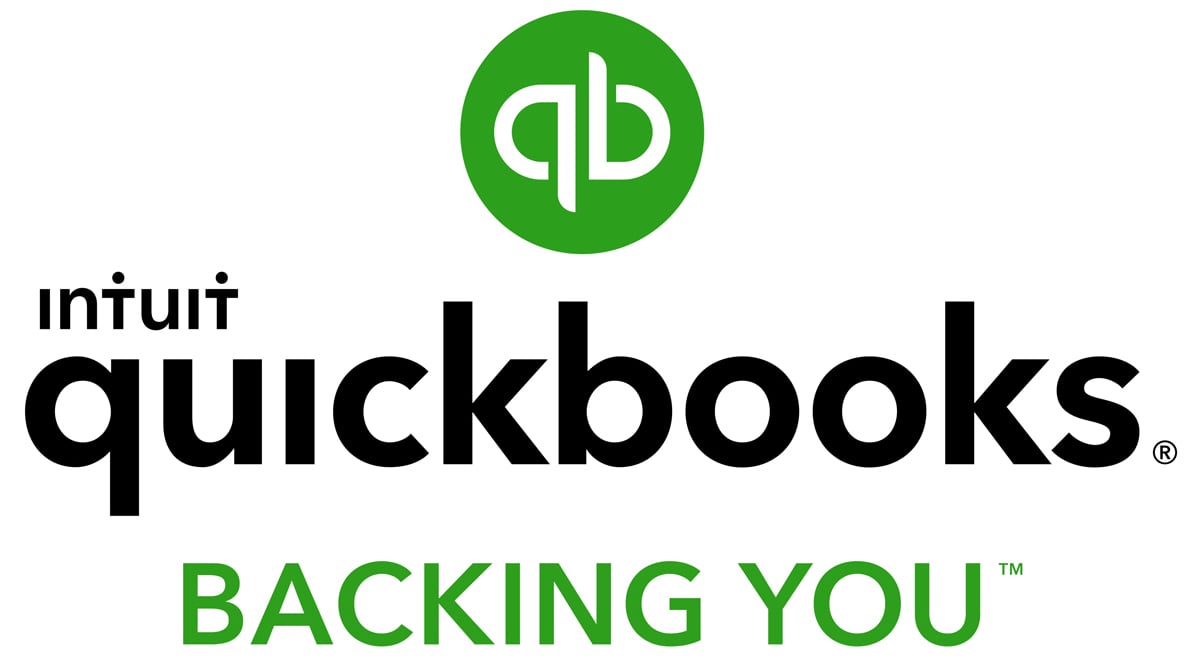Collateral Coverage Ratio: Formula, Definition, and Examples

What Is the Collateral Coverage Ratio?
The collateral coverage ratio is the percentage of a loan that’s secured by a discounted asset. This ratio is calculated by the collateral coverage ratio formula, which is the discounted collateral value divided by the total loan amount. The lower the ratio, the higher the risk for lenders; the higher the ratio, the lower the risk for lenders.
Nearly every small business loan is secured by an asset—otherwise known as collateral. Collateral is important because every loan is, in some way, a risk to the lender, and the asset against which you secure your loan enables the lender to have some form of security in the case of default. But the asset also serves another purpose: to calculate the collateral coverage ratio.
Your collateral coverage ratio, which is calculated from the value of your asset put up for collateral, often helps lenders determine how much they are willing to lend you as a small business owner. We’ll go through the collateral coverage ratio definition, collateral coverage ratio formula, and show you an example of how a lender might calculate your collateral coverage ratio.
After this, you’ll be able to understand why a lender might need this number—and what you should do in case you need to change your collateral coverage ratio.
Collateral Coverage Ratio Definition
Loans always come back to risk. Lenders are in the business of giving out loans, of course—but they also are in the business of mitigating their risk. For that reason, they’ll ask for collateral when you take a small business loan, which they can seize and liquidate in case of default. But you can’t just put up any collateral; for instance, you can’t offer collateral that’s worth far less than the value of your loan, since the lender doesn’t actually compensate for their risk that way.
That’s where the collateral coverage ratio comes in. The collateral coverage ratio is the percentage of a loan that’s secured by a discounted asset (more on that in a second). The lower the ratio, the higher the risk for lenders; the higher the ratio, the lower the risk for lenders.
Collateral Coverage Ratio Formula
Luckily for borrowers, the collateral coverage ratio formula is simple:
Collateral Coverage Ratio = Discounted Collateral Value / Total Loan Amount
We’ll get into a few examples of the collateral coverage ratio in action so you can understand how it’s used. And, just like any equation, you can use the ratio to figure out different things. You can figure out the ratio if you know the value of your collateral and your total loan amount, but if you know the value of your collateral and the ratio that you’re aiming for, you can also figure out the loan amount that you should be aiming for, for instance.
Discounted Collateral Value (DCV)
The discounted collateral value, or DCV, represents how a lender views the value of the collateral you put up to secure your loan.
Although your asset has a value now, lenders build in a “discount” for its depreciation—the idea that it will be worth less over time. This happens for a lot of reasons, and it’s entirely normal. Technology ages, machines endure wear and tear, real estate is lived in—you get the idea. If a lender needs to collect on your asset in the future, it’s likely that it’ll have declined in value from its estimated fair market value. Hence, the discount.
Discounts vary depending on your asset. For instance, if you’re using real estate as collateral, it’s standard for lenders to discount to 80%; however, with tangible goods like inventory, you will likely see a significantly lower percentage, especially if the lender believes that your inventory might be tough to move. Similarly, if you’re securing a loan against equipment that rapidly depreciates, you’ll have a much higher discount than equipment that lasts for many, many years.
Total Loan Amount
Your total loan amount is a straightforward number—this is what’s also known as your loan principal. (If you have an amortizing loan with compounding interest, remember that you are paying off your interest before you pay off your principal. If you’re measuring this number after you’ve received your loan, make sure that you’re definitely measuring your principal, not your interest.)
Collateral Coverage Ratio Calculation Example
Let’s try an example to calculate the collateral coverage ratio. Say you’re hoping to secure a $50,000 small business loan. Your lender requires a collateral coverage ratio of 1.5. First, let’s use the collateral coverage ratio formula to calculate how much collateral you’ll need to put up:
Collateral Coverage Ratio = Discounted Collateral Value (DCV) / Total Loan Value
1.5 = DCV / 50,000
1.5 x 50,000 = DCV
$75,000 = DCV
This means that the collateral you offer must at least be valued at $75,000 when discounted—not at fair market value. Now, a few different scenarios for how much you’d need to offer up to hit a lender’s 1.5 ratio:
Assets discounted to 80%: $75,000 x 0.8 = $93,750
Assets discounted to 50%: $75,000 x 0.5 = $150,000
Assets discounted to 30%: $75,000 x 0.3 = $250,000
Of course, you don’t actually have to hand over those assets. This is just a lender’s insurance policy.
Collateral Coverage Ratio and Lender Requirements
In general, you’ll find collateral coverage ratios above 1, but less than 2 (around 1.5 or 1.6). In the same way that different types of assets have different DCVs, different lenders will have varying requirements for their collateral coverage ratios. There are a few reasons why this ratio could change—and, you’re likely not surprised to hear this, but it all goes back to risk.
First and foremost, the riskier a lender considers your loan (whether based on your profile as a borrower or the type of loan you’re securing), they’ll require a higher collateral coverage ratio. It makes sense—it means more insurance for the lender. Although it might seem a little frightening to put up so much collateral for a loan, the upside is that a higher collateral coverage ratio makes it easier for you, as the borrower, to get that loan. It shows the lender that you’re willing to put more on the line to get your loan—which hopefully will make you less likely to default on that loan since you don’t want to lose those assets.
The former approach is called “overcollateralizing” to de-risk a loan. A ratio of 1 means that lenders will, theoretically, be able to recoup the value of the loan with your collateral and break-even in the event of a default. That’s riskier for them, of course—especially if your asset depreciates more than is estimated, for instance. You might need a cosigner if you aren’t able to put up the collateral required.
If you want to change the balance of your collateral coverage ratio, here are a few ways to approach it:
Understand your collateral’s discount rate.
As you can likely see from the example above, the discount applied to your collateral makes a massive impact on how much value your lender sees in it. Collateral discounted to 80% versus 25% with the same fair market value can be the difference in making your lender’s desired collateral coverage ratio or not.
With that in mind, if you’re planning to put up perishable inventory, or invoices that are likely to go past due or partially paid if at all, consider seeing if you can put up assets with a smaller discount rate instead.
Know how much your collateral is worth.
Similarly, a way to drive up the ratio is to pledge assets that are simply worth more. Put yourself in a lender’s shoes: They’d rather know the office building you own is on the line, rather than the computers and office furniture you have in it. Sure, it’s terrifying to pledge such valuable assets. But if you take out a loan that is reasonable and affordable, and know how you’ll pay it back, then you shouldn’t have to worry about losing anything.
Also, remember that you don’t just have to put one asset up per loan. Lots of assets can add up together to help you hit the ratio you are looking for.
The Bottom Line
There’s one more piece of the collateral coverage ratio you should be paying close attention to. Although it’s for lenders in the most practical sense, it’s also there to protect you as a borrower, too.
One of the most important guidelines in small business financing is to make certain that you don’t borrow more funds than you can realistically pay back. The collateral coverage ratio can help you see how the loan that you’re asking for really stacks up to what you can afford and the assets your business has on hand. If you’re having trouble making the ratio, for instance, maybe you’re asking for too much cash.
After all, the lender doesn’t want you to default, and you don’t want to lose the assets that you’ve put up as collateral. Taking out a loan that you can manage means you’re approaching your business finances in a savvy way and holding onto your valuable collateral.

Meredith Wood
Meredith Wood is the founding editor of the Fundera Ledger and a GM at NerdWallet.
Meredith launched the Fundera Ledger in 2014. She has specialized in financial advice for small business owners for almost a decade. Meredith is frequently sought out for her expertise in small business lending and financial management.

Featured
QuickBooks Online
Smarter features made for your business. Buy today and save 50% off for the first 3 months.